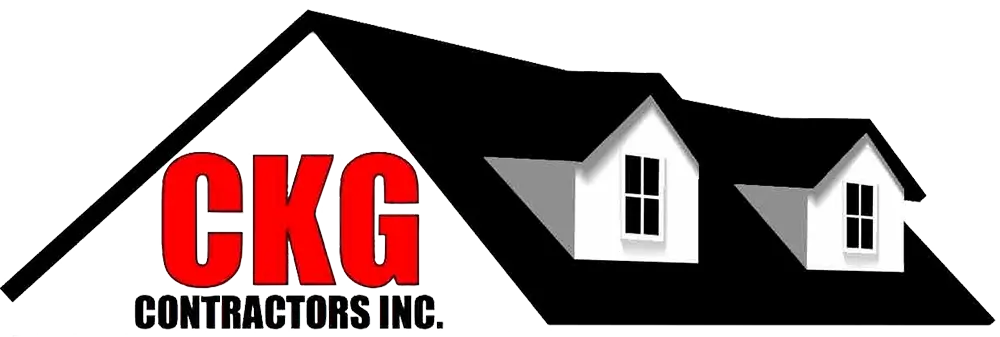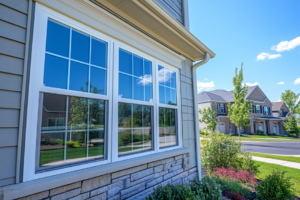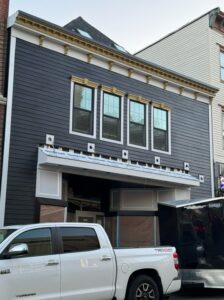
Introduction
Summer is usually a time of year to be enjoyed. You stay up late, sleep in and eat plenty of ice cream. But did you know that the summer can also pose a severe threat to your roof? Summer heat can cause swelling of roofing materials, lead to cracked shingles, and even disintegrate asphalt before it hardens when the temperature exceeds 120F. That’s why it’s essential to maintain your roof by having any necessary repairs and recoating completed during the cooler months.
How summer heat affects your roof and roofing materials
1. Roofing materials can become damaged due to swelling:
Our roofing material is designed to maintain its structural integrity even when it is exposed to very high temperatures. But it’s essential to understand the limitations of tar, asphalt, fiberglass, and metal roofs. Although most roofing materials are designed for direct sunlight exposure, Mother Nature’s elements (snow and ice) and direct heat exposure can cause your roofing materials to swell. While you may be able to look at a bulging shingle from across the street with confidence that you’ll be able to fix it yourself, it may not fare as well if you’re sitting on your porch or in your office when a hot summer day rolls around.
2. Shrinkage is another common problem:
Shrinkage can be caused by the sun’s ultraviolet rays, which break down the chemical bonds within your asphalt or your metal roofing material. It can also cause a reaction in shingles, which eventually makes them curl up or otherwise deteriorate to the point where they need to be replaced.
3. Shingles will become damaged:
Those of you who live in areas with sandy soil are especially likely to experience this type of damage. Your roof is designed to shingle over large amounts of dirt, sand, and gravel without being damaged by foreign objects that can damage asphalt-based products and render them vulnerable to leakage.
4. Severe drought can cause cracking:
In areas that experience very dry spells during the summer, shingles and other roofing materials are exposed to air containing very little moisture. This means that there’s little resistance presented by water for the chemical reactions inside your shingles. As a result, your shingles become brittle and eventually split or curl at their seams.
5. Recycled materials are an option if you can find them:
The only non-oil-based options for asphalt and metal roofing are recycled products such as rubberized asphalt or recycled metals from cars and trucks, which do not hold up well in direct sunlight exposure.
6. Metal roofing is a no-go:
Some will argue that metal roofing can be installed over asphalt, but this is not recommended due to the tendency of metal roofing materials to crack when subjected to high temperatures. Metal roofing, while having some advantages, is not one of them!
7. Cool roofs are an alternative material, but it’s also not recommended:
The only attractive feature of the idea for a cool roof, besides cutting down on your energy bills, is that you won’t need a large amount of asphalt or other materials for your roof. The problem with cool roofs is that they have very little structural integrity and, similar to recycled metals, tend to crack in high heat conditions.
8. A roof can be a lovely thing:
A patio is a beautiful addition to your house, but it may make your home more susceptible to the elements. Patio coverings such as awnings and blinds can help protect your home from the sun’s rays, but they can also block airflow, which can cause temperatures within your home to be much hotter than outside. It’s essential to keep this in mind when trying to cool down your house by setting up patio furniture early in the morning or night when it’s cooler outside.
9. If a bit of rain doesn’t do it, a storm won’t either:
Storms, ice, and hail can cause damaged shingles and siding. Periodic cleaning of your roof or vegetation from above can help prevent these problems. But if they do occur, complete roof repairs are necessary to be able to restore your home’s structural integrity before you place it back on the market!
10. Sunlight is a great natural enemy:
Most asphalt roofs are fair game to sunlight, so don’t think that you can keep your roofing materials safe by simply letting them get sunburned over on the roof deck. Using sunscreen on asphalt roofing is unnecessary in most cases.
11. White roofs make it worse:
Some will argue that a white roof is more relaxed and environmentally friendly than a dark-colored roof. But while they may keep your attic cooler and eliminate the need to insulate them, they do very little to protect the underlying layers of your roof from ultraviolet rays. Installing an ice-dam system on your roof can help keep the sun off of it, but there’s not much else you can do for white roofs except clean them regularly to remove the dirt accumulated on top.
12. Too much insulation can be a problem:
Insulation is supposed to keep the cold out, but it is also designed to keep the heat in. If you insulate your attic too much or leave your doors and windows open, you can get trapped inside your home by a raging fire that you accidentally created. Then you have another job to deal with!
13. Weather vanes are unsightly:
If you decide to install a weather vane on your roof, be sure that it matches the color of your roof!
14. Weatherstripping makes a big difference:
Weatherstripping can prevent ice and snow from accumulating in your gutters, trap water and cause it to freeze before it reaches the downspouts.
15. When replacing your roof, use the same manufacturer’s materials:
You may get a good deal on some shingles and roofing materials on sale, but you should never cut corners and use cheaper products in your home. A cheap product is not only likely to fail, but the extra cost involved in fixing it up can be far more than the money you saved on it. If a product isn’t meant to do the job you need it to, it should not be used in your home.
Conclusion
Understand that even if you do not intend to sell your home for some time, you should still invest a little bit of money and replace your roof before it needs to be replaced. This will save you money in the long run and prevent your home from suffering further damage that is much more expensive if left unattended.




